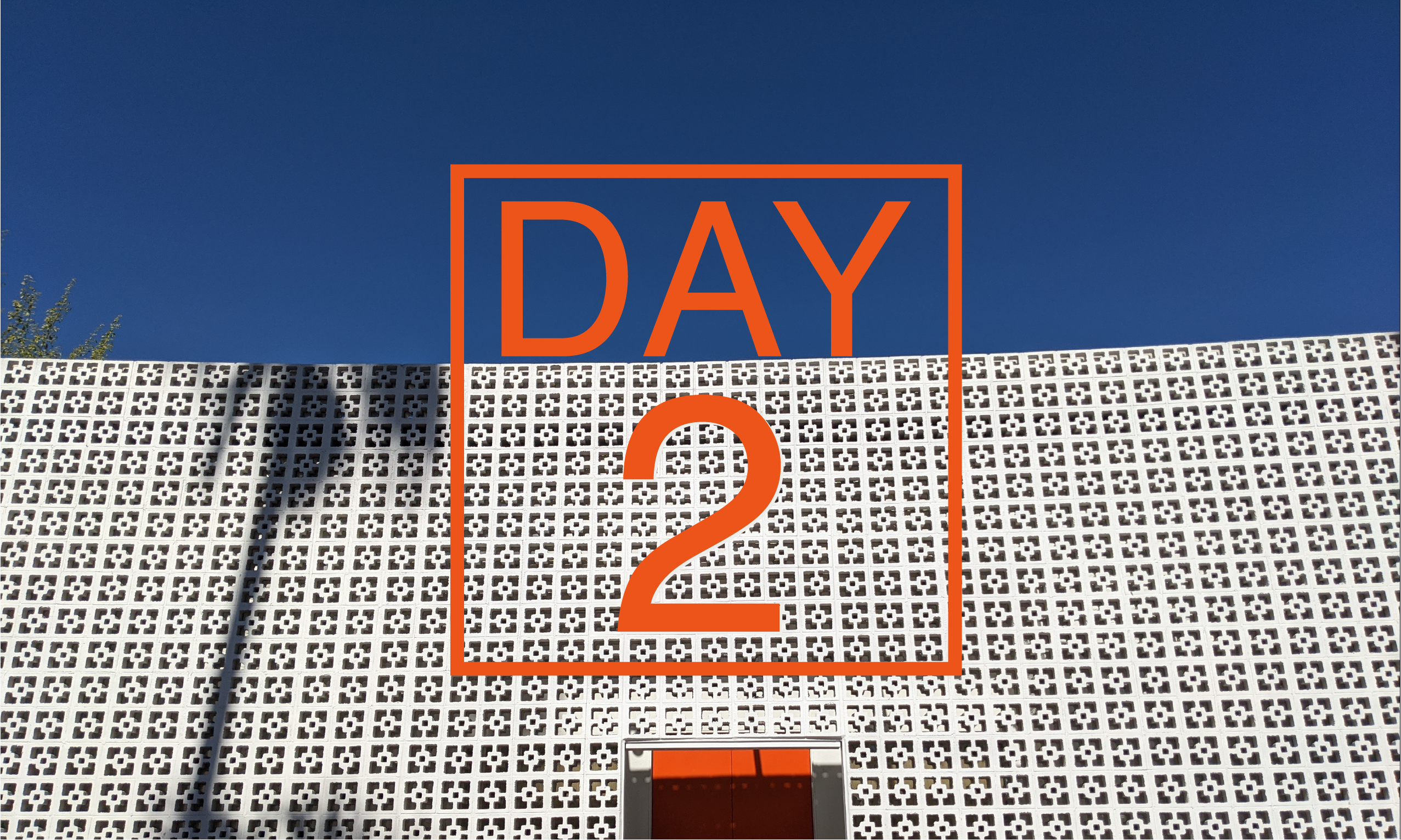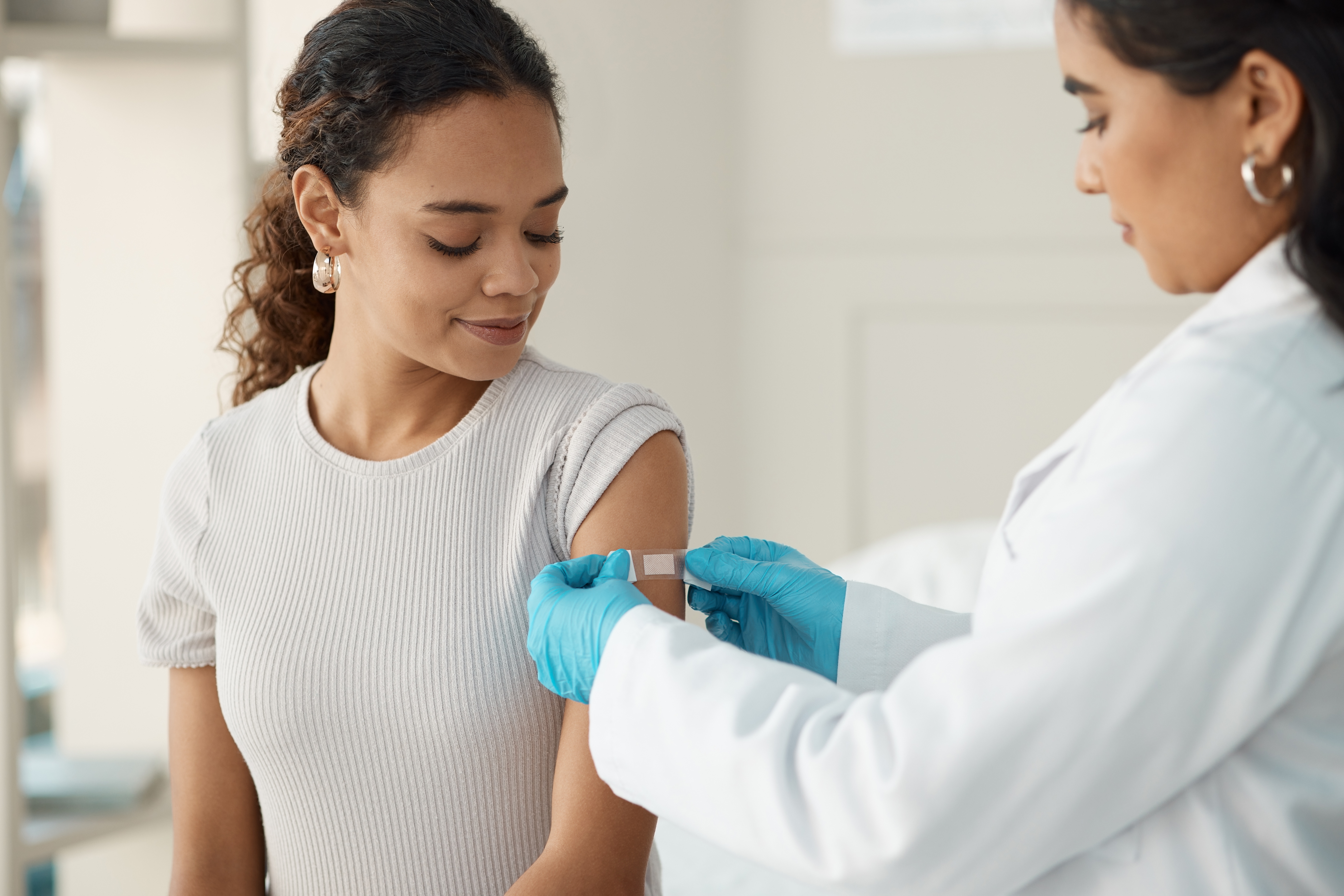
Huntington’s disease therapeutics conference 2020 – Day 2
HDBuzz reports from the annual Huntington’s disease therapeutics conference in Palm Springs


Rachel and Sarah report from the Huntington’s Disease Therapeutics Conference – the biggest annual gathering of HD researchers.
Be sure to catch up on Day 1!
Good morning everyone! We are back for day 2 of the CHDI therapeutics conference in Palm Springs. Lots of exciting talks coming up!

Wednesday morning – The path to prevention
Our first speaker is Ariana Mullin from Critical Path Institute, a non-profit formed in response to a governmental call to foster new medical products.
Folks at the CPath are interested in bringing together research from lots of different groups. For this, they have built a research framework so that everyone is on the same page and language/ definitions are consistent for all of these researchers. The overall aim is speeding up drug development and licensing.
HDBuzz wrote about the Critical Path Institute a little while ago.
The next speaker is Swati Sathe from the CHDI. Sathe is going to be telling us about work towards defining different stages and symptoms of HD using lots of data from Enroll-HD. Enroll-HD has been collecting lots of data about HD patients for many years now. With lots of data, researchers can look for patterns which could be interesting, think about how best to plan clinical trials and craft policy. Importantly, folks who participate in Enroll-HD don’t have to know their genetic status, so scientists can still get data to advance HD research while patient privacy is protected. Enroll-HD collects data from HD patients whether they have symptoms yet or not. All of this data is important for understanding how HD progresses as patients get older. Many researchers can use the data gathered from Enroll-HD to help guide future studies. This large type of dataset will help advance HD research forward more quickly. Enroll-HD is not the only big data project in HD. TRACK-HD was another study which looked at changes in the brain structure over time in patients. Patient participation in these studies, helping scientists collect big data sets, is very valuable for HD research.
A new and exciting initiative is Self Enroll. This would be a digital version of Enroll-HD where patients could provide data and updates without having to travel to an Enroll-HD site. Removing this barrier would hopefully encourage even more patients to participate.

Check out more about Enroll-HD.
Next up is Sarah Tabrizi from UCL who will be telling us about her team’s research studying young HD adults. By studying HD in young adults, researchers can try to find the best time to treat HD. We have known for a long time now that HD patient brains begin to change even long before they have symptoms which might be detected in the clinic. Again, we have confidence in this finding due to the huge datasets from TRACK-HD, PREDICT-HD, Enroll-HD and other studies. In these studies examining very early changes that occur, researchers are also focused on identifying biomarkers – molecules that can be used to judge disease progression – that will also help to determine if treatments are working. For all of the participants in the study lead by Tabrizi, brain structure and function was extensively mapped, generating tons of data. Along with detailed brain maps, Tabrizi is also collecting lots of data from CSF and blood to track the difference in these biomarkers over time and between patients with and without HD comparing between patients before and after symptoms become obvious. What they found in the extensive thinking tests was that overall there were no differences between the participants with and without the HD gene in the way that they think.
One of the biomarkers that was examined was neurofilament light (NfL) – a marker recently shown to increase as disease progresses. They found that NfL levels are raised in HD patients very early, before they show any symptoms or clear brain shrinkage. We have written about NfL before.
Measuring changes in the CSF levels of NfL could be a good biomarker for measuring how HD progresses in patients, even many years before they become symptomatic. This could help guide monitoring and treatment of patients in very early stages of the disease.
The next speaker is Jianying Hu from IBM T. J. Watson Research Center. Hu will also be talking about studying HD progression.
Hu and IBM are working with CHDI to understand HD disease progression using lots of data collected from various studies. You’re probably noticing 2 themes: lots of people working together, and lots of data used from these trials. Massive thanks to all the participants! Using these large datasets, Hu is gathering information not only on the HD population as a whole, but also for each individual patient to improve outcomes. This data can then be used by doctors to better treat HD patients. Because all of these studies collect different types of information there’s lots of different data for HD researchers to use. Hu and colleagues can use lots of cool cutting-edge computational methods to help build a model of HD progression with all of this data. Hu and her team are using data from all these HD clinical trials that has been collected over 4 decades – wow!

One of the ways this computational model could be used is to predict how symptoms might progress for HD patients, which could be helpful for clinicians to work out how best to treat and monitor patients. Using the computational model that they developed, Hu defined 9 different “disease states”, or stages of HD. To track progression, this model can be used to predict where the patient falls within these states. This data is being used to drive discovery of therapies for HD specifically aimed at slowing progression. Their next steps focus on defining very early stages of the disease in more detail.
The next talk is being given by Steven McCarroll from Harvard who will be telling us about his research into HD by doing single cell analysis experiments. McCarroll’s work is focused on understanding what HD is doing at the cellular level – so identifying targets for therapeutics and biomarkers for progression. While people typically think of neurons when they think of cells in the brain, there are actually a variety of different cell types. For a disease like HD that affects every cell, it’s critical to understand how HD is affecting cells of the brain other than neurons. Using more clever computational methods called machine learning, McCarroll’s group is able to sort out the different types of cells from the brain — AND they made all of this cool software free for the community, there are over 25,000 downloads so far! In fact, this software was able to find new types of cells in the brain. This is important as these new cell types were not consistently found in different species such as mice but they are in primates like monkeys.
Next, the McCarroll lab wanted to apply this technology to see if they could monitor HD progression and look for biomarkers of different stages of disease, by seeing which types of cells were found in patients early on and then later in the disease. We’ve known for a while that one of the most vulnerable cell type in HD are spiny projection neurons, or SPNs. With McCarroll’s single cell technology, he was able to show there were less and less SPNs as HD progresses.
Now McCarroll is switching gears to discuss biomarkers. Identifying new biomarkers for disease progression is critical not only to track HD over time, but also to definitively assess if therapeutics are having a beneficial effect. One of the biomarkers he’s exploring is mostly found in the SPNs. This means if this biomarker is tracked over time, it could correlate to loss of SPNs as HD progresses. This would be a great way for researchers to measure SPN loss without needing brain samples.
That’s it for today! Be sure to have caught up with Day 1 here, stay tuned for our write up of Day 3 which is focussed on huntingtin protein lowering (now available here and keep up with the conversation on Twitter!
For more information about our disclosure policy see our FAQ…


